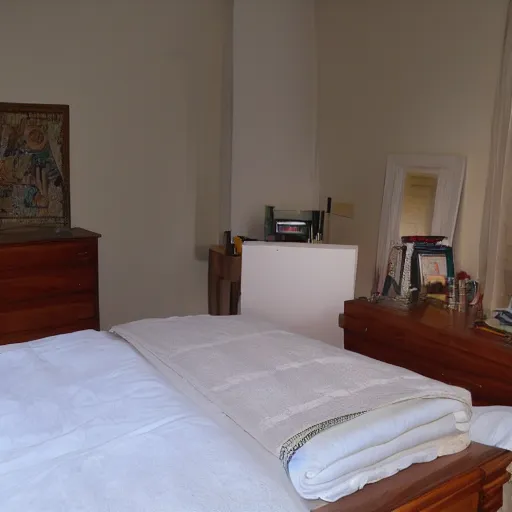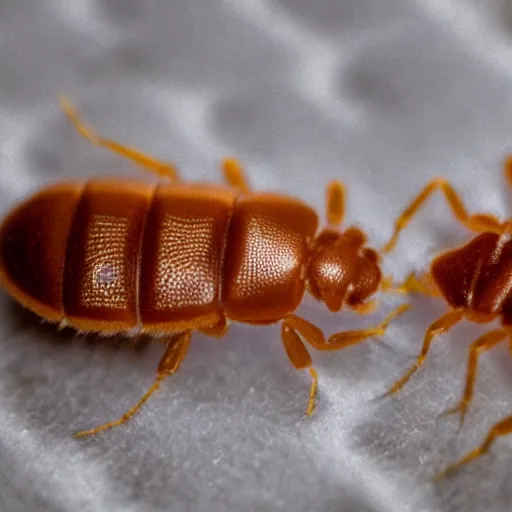Your Need To Know Bed Bug Prep Sheet
Do you have an infestation of bed bugs in your home?
If so, you are likely facing the overwhelming task of managing the problem.
So here is a Bed Bug Prep Sheet for you to get your hands on.
Your Own Bed Bug Prep Sheet
Identifying the Problem
Identifying a bed bug problem is the first step in the process of eliminating them.
Knowing the signs of a bed bug infestation can help you take the necessary steps to protect yourself and your home from these pesky blighters.
Did you know the most common signs of bed bugs include small, reddish-brown bugs, moulted skin, and tiny blood spots on mattresses, furniture, and carpets?
It is important to regularly check all areas of your home for signs of bed bugs.
If you find any evidence, it is important to take immediate action to prevent the infestation from spreading.

In addition to regularly checking for signs of bed bugs, it is important to regularly wash and dry all fabric items on high heat.
This will help to kill any existing bed bugs, as well as prevent them from spreading.
It is also important to vacuum regularly and dispose of the vacuum bag after each use. This will reduce the risk of bed bugs travelling throughout your living space.
By being aware of the signs of bed bug infestations and taking the proper precautions, you can help to protect your home from bed bugs.
Taking the time to identify the problem and create a bed bug prep sheet can help to ensure that you are prepared to take the necessary steps to eliminate the problem.
Prepare The Room
Place bed bug interceptors under the legs of beds, couches, and other furniture to trap any bed bugs attempting to enter the room.
Finally, cover the mattress and box spring with mattress encasements to prevent bed bugs from feeding on them.
By taking these steps, you can ensure that your room is as prepared as possible for a bed bug inspection.
With a little preparation and preventive measures, you can rest easy knowing that your home is bed bug-free!
Choose The Right Treatment
It’s important to have a plan when it comes to battling bed bugs.
And by taking the time to understand the life cycle of bed bugs and how to identify them is the first step.
Knowing what to look for when inspecting your home for bed bugs is also essential.
Once you’ve identified an infestation, it’s time to create a bed bug prep plan and decide which treatment to use.
First and foremost, it’s important to prepare your home.
- This means vacuuming regularly to remove any bed bugs or eggs that are present. Also be sure to clean any cracks or crevices in walls and floors and wash bedding, curtains, and upholstered furniture in hot water.
- Next, you’ll need to decide which type of treatment to use. There are a variety of products available on the market, such as sprays, dust, and traps. It’s important to read the label and use the product as directed. Some treatments are more effective than others, so be sure to do your research and choose the one that is right for your situation.
- And finally, by having a bed bug prep sheet can help you keep track of your progress and ensure that you’re taking the necessary steps to get rid of the problem.
See also Do You Want An Antique Bedside Table
It’s important to stay vigilant and follow the plan to make sure that the infestation is completely eliminated.
By taking the time to understand the life cycle of bed bugs, preparing your home, and using the right products, you can successfully combat bed bug infestations.
With the right plan, you can be sure that your home is bed bug-free.
Follow Up After Treatment
- Keep a regular inspection and cleaning schedule to catch any signs of bed bugs early and prevent a full-blown infestation.
Bed bug infestations can be difficult to get rid of, and it’s important to take all the necessary steps to ensure that your home is completely free of them.

After your initial treatment, it’s important to follow up to ensure that any remaining bed bugs are eliminated.
Here’s a checklist of things to do after treatment to ensure that all bed bugs have been eradicated:
• Inspect your home thoroughly to look for signs of bed bugs. Pay close attention to furniture, carpets, mattresses, and other areas where bed bugs may be hiding.
• Wash all bedding, curtains, and other fabric items in hot water and dry on the highest heat setting. This will help to kill any remaining bed bugs and their eggs.
• Vacuum all furniture and carpets to remove any bed bug eggs. Dispose of the vacuum bag immediately to prevent any bed bugs from escaping.
• Seal any gaps or cracks in walls and floors that may provide potential hiding spots for bed bugs.
• Keep a regular inspection and cleaning schedule to catch any signs of bed bugs early and prevent a full-blown infestation.
By following these steps, you can help to ensure that your home is completely free of bed bugs and that no new infestations occur.
Remember, bed bugs can be difficult to get rid of, so it’s important to be vigilant and take all the necessary steps to make sure your home is completely free of them.
To Prevent Future Infestations
- Wash linens, clothing, and other fabric items in hot water and dry them on high heat.
- Preventing future bed bug infestations is an important step in controlling these pests.
By following the steps outlined above, you can help reduce the chances of a bed bug infestation in your home. Regularly inspect furniture and bedding for any signs of bed bugs or eggs.
Vacuuming frequently can help remove any bed bugs or eggs that may be present.
- Additionally, encasing mattresses and box springs in a protective cover will prevent bed bugs from entering or exiting. If you spot any bed bugs, treat any areas where they have been seen with an insecticide or pesticide.
- Finally, wash all linens, clothing, and other fabric items in hot water and dry them on high heat to kill any bed bugs or eggs that may be present.
By following these steps, you can help protect your home from future bed bug infestations.
